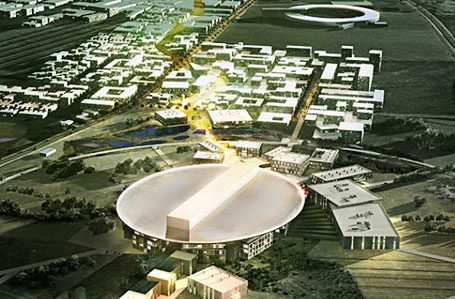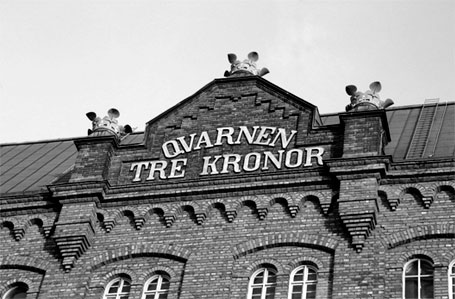EXACT Surveys for the European Spallation Source
The European Spallation Source (ESS) is currently under construction by Skanska in the historic Swedish university town of Lund. Located within an area of two square kilometres, this multidisciplinary scientific research station is to harness the world’s most powerful neutron source. Since April, the EXACT team has been on site to provide its expertise in this comprehensive construction project, which is like no other.
The complex ESS construction project proceeds under an agreement that allows for fully integrated cooperation. “This is a project of an enormous scale for a very large organisation, so we have naturally had to adapt our ordinary work routines,” says Håkan Nilsson, an EXACT consultant working on the ESS construction project. “It’s an exciting endeavour, and I feel fortunate having the chance to collaborate with so many clever, friendly people.”
The ESS facility can be likened to a giant microscope. Neutrons will be fired at different materials so they can be analysed in detail. It is anticipated that future research conducted at ESS will contribute to breakthroughs in medicine, environmental science, climatology, communication and transportation.
Sweden and Denmark are to host the ESS, but the pan-European research facility is being co-financed by a number of EU countries who will all draw benefit from it. Along with the planned MAX IV facility, ESS will form a hub in Europe’s research infrastructure. ESS is expected to open in 2019 with its 22 experiment stations in full operation by 2025. Annually, ESS is expected to draw 2,000-3,000 researchers from across the world.







